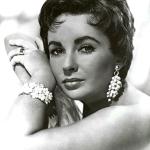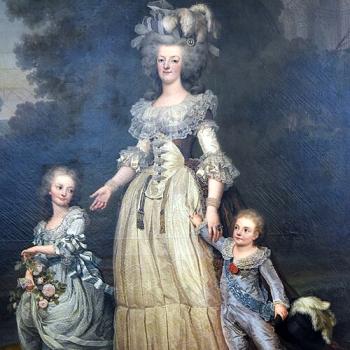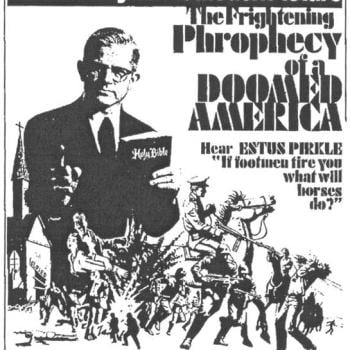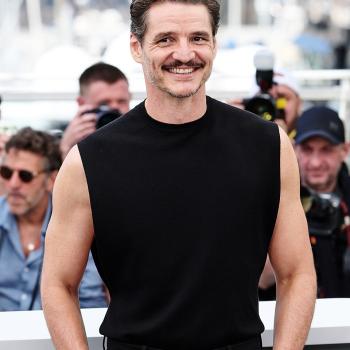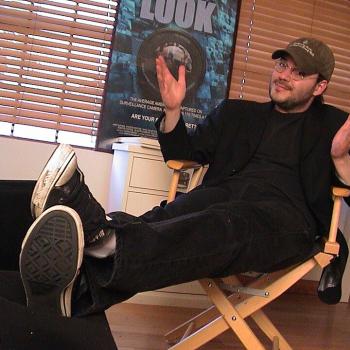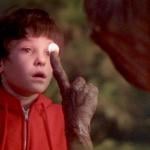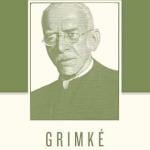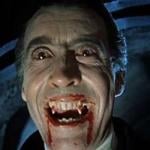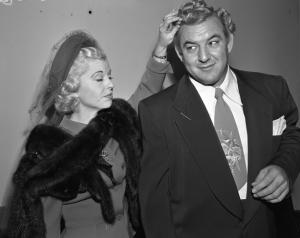
Source: Picryl
Baseball is not America’s pastime. Sure, we may call it that. But this is misdirection rooted in our eternal shame. We are a brash people known for screaming in cargo shorts all around this wide globe. There is, however, shame in this rudeness. We protest too much, methinks, and prefer not to be seen for what we really are: carnies.
Which sport do we make a veritable sport out of hating? Soccer. You’ve heard the accusations (though these seem to disappear every four years or so, curiously enough): it’s not truly physical, it’s low scoring, it rewards fakers, etc. In essence, soccer is a game for agile (not brawny) athletes who like to pretend, though not in a cartoonish way. It’s a gentleman’s sport in which a little bit of trickery provides the necessary support for the austere grace of the “beautiful game.” The last of the Boston Brahmins is long dead. The Veiled Prophet has been unmasked. Richard Nixon’s great-great-grandchildren are named Kaia and Kaeden. There are no gentlemen here.
Professional wrestling is the antithesis of a torturous world of gentlemanly sport. It grew out of the US carnival circuit, another scam (if you think match fixing makes a scam that is) along with the bearded lady and the counting horse. The whole thing is “fake,” not with a sly nod, however, but with a strong, enduring façade. According to wrestling legend Mick Foley, old timers would pluck out the eyeballs of unthinking bar patrons who made a comment about wrestling’s, uh, artificiality. They’d scream “does that look fake to you?” In one case, he even attests that a wrestler squished the dismembered organ. Foley also reports would-be recruits getting horribly beaten in the gym so that they could go back to their friends and testify to just how real wrestling was. This is a sport in which fans are still called “marks.” Professional wrestling is the Nightmare Alley (1947) of American pastimes. It looks deep into the insecure bravado that makes us so brash, the loud mouth swindling that ultimately defines us.
Despite a couple blips of mainstream popularity, professional wrestling has low-class associations that the athletes themselves don’t deny. New Jack “got over” in Tennessee by calling fans “crackers” and telling them off for their racism. One of the greatest “heels” (bad guys whose job is to “get heat,” that is, anger the audience) of all time is Gorgeous George. Born George Raymond Wagner, he dropped out of school at 14. His gimmick? He played an effete man with long blond hair (in the 40s and 50s!) who waltzed to the ring in a lavish robe, refusing to let the referee and his dirty hands even try to help take it off. His butler perfumed the squared circle as he approached; meanwhile, George would fling “georgie pins” (gold-plated bobby pins) into the audience, shouting insults like “peasant.” He was among the first big TV stars, a figure, now forgotten, who influenced Muhammad Ali, Bob Dylan, Little Richard, and Liberace. He was everything the stereotypical wresting fan (and indeed the stereotypical American) hated: effeminate, snooty, and priggish.
And yet, he has been forgotten, supplanted by the more palatable figures to whom he passed down his gimmick. He’s a wrestler; he needs to be repressed, lest we see ourselves in the mirror, after all.
For anyone, however, who wants to gaze unreservedly into the American soul, Dark Side of the Ring (2019-Present) is a must. Each episode delves into one story from the history of professional wrestling, covering everything from household stories, like the Benoit murders to obscure side characters now long forgotten by all but the most devoted fans, like Gorgeous Gino. We learn a lot about how the sport’s artificiality ends up making it quite a bit more dangerous. If you’re an early career wrestler, you’re likely to be asked to lose matches, that is, to be a “jobber.” But if you lose too much, fans will see you as a loser—say bye-bye to any chance at a career. How do you strike a balance? What if (as seemingly happened in the famed Montreal Screwjob, about which the series has an episode) the higher-ups collude with one party to betray the other, changing the match’s result behind the original winner’s back? What about when wrestlers actually start to beat each other up, whether for revenge or the simple love of violence? What do you do when you accidentally paralyze an opponent, cause real, unchangeable injuries brought on for “fake entertainment”?
Watch the series to explore these questions and many more. And the best part: you don’t even need to be a fan of the contemporary WWE. I haven’t watched wrestling in a devoted way in almost two decades. In watching the series, we recognize professional wrestling for what it is—the fundament of the American spirit, the light glowing inside this city upon a hill. We’re confidence men and tricksters, inventors of the pyramid scheme, purveyors of bleach cures, magical essential oils, and so much more. At least wrestling is honest about how fake it is. Ironically, this is, of course, what makes it so real. Pity we prefer to pretend otherwise.


